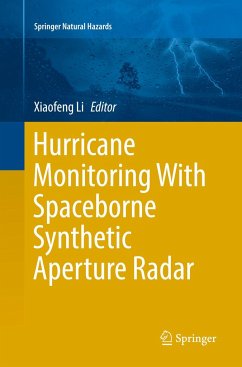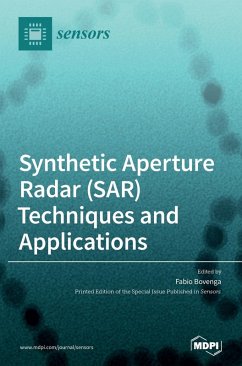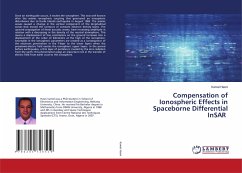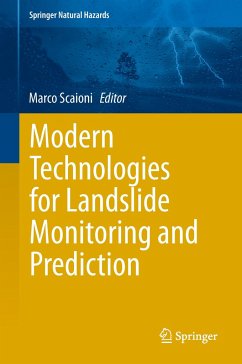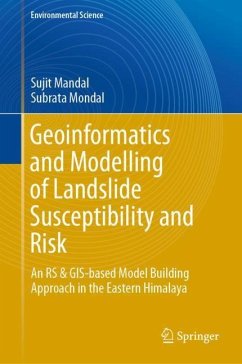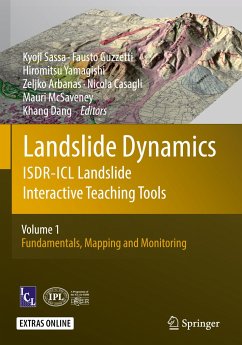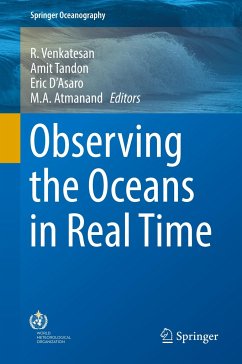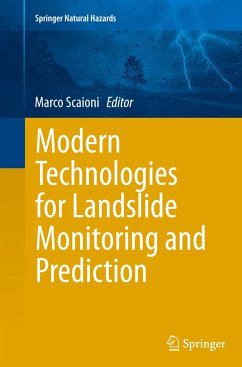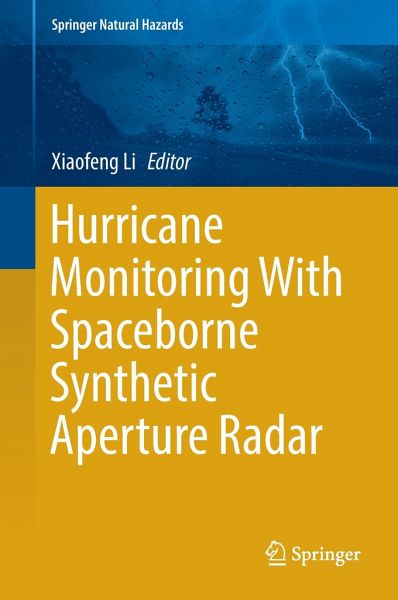
Hurricane Monitoring With Spaceborne Synthetic Aperture Radar

PAYBACK Punkte
57 °P sammeln!
This book discusses in detail the science and morphology of powerful hurricane detection systems. It broadly addresses new approaches to monitoring hazards using freely available images from the European Space Agency's (ESA's) Sentinel-1 SAR satellite and benchmarks a new interdisciplinary field at the interface between oceanography, meteorology and remote sensing. Following the launch of the first European Space Agency (ESA) operational synthetic aperture radar satellite, Sentinel-1, in 2014, synthetic aperture radar (SAR) data has been freely available on the Internet hub in real-time. This ...
This book discusses in detail the science and morphology of powerful hurricane detection systems. It broadly addresses new approaches to monitoring hazards using freely available images from the European Space Agency's (ESA's) Sentinel-1 SAR satellite and benchmarks a new interdisciplinary field at the interface between oceanography, meteorology and remote sensing. Following the launch of the first European Space Agency (ESA) operational synthetic aperture radar satellite, Sentinel-1, in 2014, synthetic aperture radar (SAR) data has been freely available on the Internet hub in real-time. This advance allows weather forecasters to view hurricanes in fine detail for the first time. As a result, the number of synthetic aperture radar research scientists working in this field is set to grow exponentially in the next decade; the book is a valuable resource for this large and budding audience.





